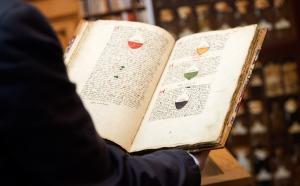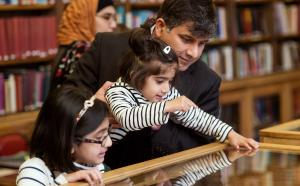
Historical Reflections on Burn Scars
Throughout history, the skin has spoken and people have listened intently, but also judged. The word stigma stems from the Latin ‘stigmata’, meaning ‘mark’, or ‘brand’, usually by way of a burn.
In this talk Professor Jonathan Reinarz explores the history of burn scars over the last two centuries. Drawing on the recently completed AHRC-funded project, ‘Forged by Fire: burn injuries and British identity, 1800-2000’, this talk explores the way in which burns have marked the bodies of British people and shaped their lives and communities during war and peace, whether sustained at home or at work.
It examines the way in which burns scars have historically been treated by medical practitioners, deciphered by coroners, responded to by the public, and how charities and activists have recently challenged the way in which these injuries have been represented.
Corrections from the speaker:
18:00 - Mentions the pinch grafts that Gibson and Medawar examined in Glasgow, which the speaker says happened in the 1950s and 60s. It was really the 1940s, and Medawar got his Nobel prize in the 1960s.
31:36 - The speaker says that aborted children were used for burns experiments; he meant still born.
1:03:00 - The UCL hospital mentioned is University College Hospital.



